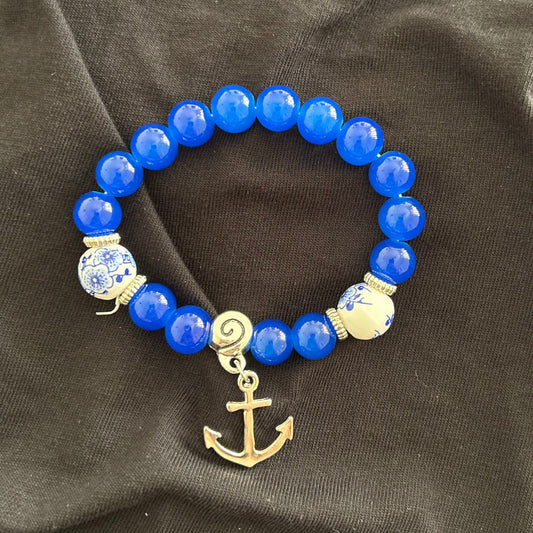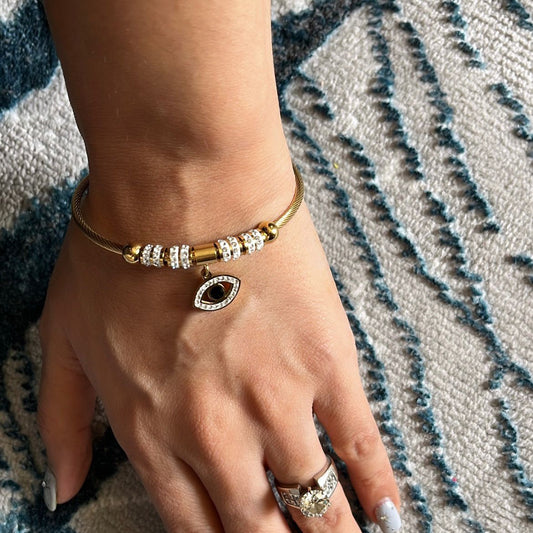How earrings price?
Share
The price of earrings can vary widely depending on several factors, including the materials used, the design complexity, the brand reputation, and the market demand. Here's a breakdown of how these factors influence the pricing of earrings:
1. **Materials Used:**
The materials used in the construction of earrings significantly impact their price. Earrings crafted from precious metals such as gold, platinum, or sterling silver tend to be more expensive due to the intrinsic value of the materials. Additionally, earrings adorned with gemstones, diamonds, or pearls will command a higher price due to the cost of the stones and their rarity.
2. **Design Complexity:**
The complexity of the earring design plays a significant role in determining its price. Intricate designs that require skilled craftsmanship, detailed engraving, or intricate settings will generally be priced higher than simpler, more minimalist designs. Earrings with elaborate patterns, filigree work, or unique shapes may require more time and labor to produce, resulting in a higher price tag.
3. **Brand Reputation:**
Earrings from well-known and established jewelry brands often come with a premium price tag due to the brand's reputation for quality, craftsmanship, and design excellence. Customers may be willing to pay a higher price for earrings from reputable brands, as they perceive them to be of superior quality and craftsmanship.
4. **Market Demand:**
Market demand also plays a significant role in determining the price of earrings. Earrings that are in high demand or considered trendy or fashionable may command a higher price due to increased competition among buyers. Conversely, earrings that are less popular or considered outdated may be priced lower to attract buyers.
5. **Customization and Personalization:**
Custom-designed or personalized earrings will typically be priced higher than mass-produced or ready-made earrings. Customers may be willing to pay a premium for earrings that are customized to their specifications, such as incorporating specific gemstones, engraving initials, or creating a unique design.
6. **Exclusivity and Rarity:**
Earrings that are limited edition or one-of-a-kind pieces may be priced higher due to their exclusivity and rarity. Collectors and enthusiasts may be willing to pay a premium for earrings that are unique or difficult to find elsewhere, driving up their price in the market.
In summary, the price of earrings is influenced by a combination of factors, including the materials used, design complexity, brand reputation, market demand, customization options, and exclusivity. By considering these factors, customers can make informed decisions when purchasing earrings that align with their budget, preferences, and style.
1. **Materials Used:**
The materials used in the construction of earrings significantly impact their price. Earrings crafted from precious metals such as gold, platinum, or sterling silver tend to be more expensive due to the intrinsic value of the materials. Additionally, earrings adorned with gemstones, diamonds, or pearls will command a higher price due to the cost of the stones and their rarity.
2. **Design Complexity:**
The complexity of the earring design plays a significant role in determining its price. Intricate designs that require skilled craftsmanship, detailed engraving, or intricate settings will generally be priced higher than simpler, more minimalist designs. Earrings with elaborate patterns, filigree work, or unique shapes may require more time and labor to produce, resulting in a higher price tag.
3. **Brand Reputation:**
Earrings from well-known and established jewelry brands often come with a premium price tag due to the brand's reputation for quality, craftsmanship, and design excellence. Customers may be willing to pay a higher price for earrings from reputable brands, as they perceive them to be of superior quality and craftsmanship.
4. **Market Demand:**
Market demand also plays a significant role in determining the price of earrings. Earrings that are in high demand or considered trendy or fashionable may command a higher price due to increased competition among buyers. Conversely, earrings that are less popular or considered outdated may be priced lower to attract buyers.
5. **Customization and Personalization:**
Custom-designed or personalized earrings will typically be priced higher than mass-produced or ready-made earrings. Customers may be willing to pay a premium for earrings that are customized to their specifications, such as incorporating specific gemstones, engraving initials, or creating a unique design.
6. **Exclusivity and Rarity:**
Earrings that are limited edition or one-of-a-kind pieces may be priced higher due to their exclusivity and rarity. Collectors and enthusiasts may be willing to pay a premium for earrings that are unique or difficult to find elsewhere, driving up their price in the market.
In summary, the price of earrings is influenced by a combination of factors, including the materials used, design complexity, brand reputation, market demand, customization options, and exclusivity. By considering these factors, customers can make informed decisions when purchasing earrings that align with their budget, preferences, and style.









